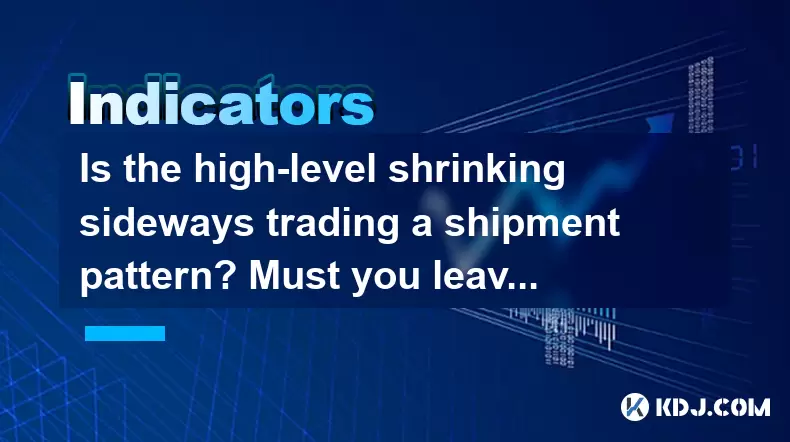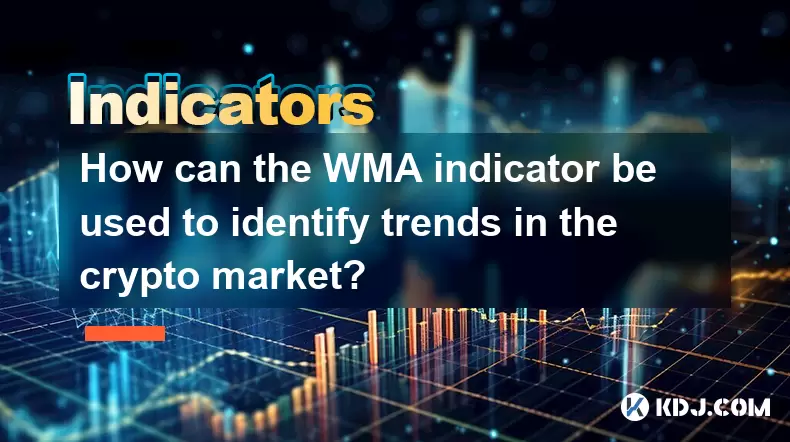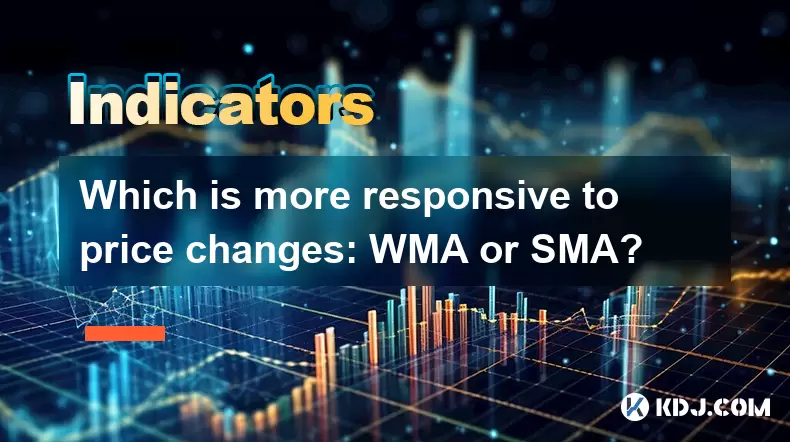-
 Bitcoin
Bitcoin $118300
-0.58% -
 Ethereum
Ethereum $3825
0.11% -
 XRP
XRP $3.137
-0.71% -
 Tether USDt
Tether USDt $0.9999
-0.01% -
 BNB
BNB $803.9
-3.37% -
 Solana
Solana $181.5
-1.94% -
 USDC
USDC $0.9999
0.01% -
 Dogecoin
Dogecoin $0.2238
-2.51% -
 TRON
TRON $0.3358
2.12% -
 Cardano
Cardano $0.7844
-2.16% -
 Hyperliquid
Hyperliquid $43.31
-1.48% -
 Sui
Sui $3.807
-4.04% -
 Stellar
Stellar $0.4203
-1.96% -
 Chainlink
Chainlink $17.79
-3.00% -
 Bitcoin Cash
Bitcoin Cash $567.8
-1.34% -
 Hedera
Hedera $0.2614
-4.30% -
 Avalanche
Avalanche $24.19
-4.46% -
 Litecoin
Litecoin $109.2
-0.74% -
 UNUS SED LEO
UNUS SED LEO $8.969
-0.01% -
 Toncoin
Toncoin $3.404
3.97% -
 Ethena USDe
Ethena USDe $1.001
-0.01% -
 Shiba Inu
Shiba Inu $0.00001307
-3.19% -
 Uniswap
Uniswap $10.33
-1.23% -
 Polkadot
Polkadot $3.884
-4.06% -
 Monero
Monero $312.9
-1.87% -
 Dai
Dai $1.000
0.01% -
 Bitget Token
Bitget Token $4.537
-2.24% -
 Pepe
Pepe $0.00001156
-3.40% -
 Cronos
Cronos $0.1437
-0.89% -
 Aave
Aave $282.8
-2.77%
Is the high-level shrinking sideways trading a shipment pattern? Must you leave the market?
A high-level shrinking sideways trading pattern in crypto signals consolidation with reduced volatility, often forming a triangle or wedge, but doesn't guarantee bullish or bearish outcomes.
Jun 19, 2025 at 07:56 am

Understanding High-Level Shrinking Sideways Trading
In the world of cryptocurrency trading, high-level shrinking sideways trading refers to a technical pattern where price action consolidates within a narrowing range after a significant upward movement. This consolidation phase is marked by progressively smaller price swings, indicating reduced volatility and indecision among market participants.
During this phase, buyers and sellers reach a temporary equilibrium, which can often be observed through tightening candlestick patterns on charts. Traders who are familiar with technical analysis may identify this as a triangle or wedge pattern, depending on how the support and resistance lines converge.
Important: This pattern does not inherently signal bullish or bearish sentiment—it simply reflects a pause in the trend.
Is It a Shipment Pattern?
A shipment pattern, in crypto slang, typically refers to a situation where large holders (whales) distribute their holdings to retail investors before exiting the market themselves. This often leads to a sharp price drop once these institutions or big players have offloaded their positions.
To determine whether high-level shrinking sideways trading constitutes a shipment pattern, one must analyze volume profiles and order book depth during the consolidation period. If volume declines steadily while prices remain range-bound, it might suggest that institutional selling has already occurred, leaving only retail participation.
- Volume Analysis: A noticeable drop in volume indicates waning interest from major players.
- Order Book Imbalances: Large sell walls appearing at resistance levels could hint at hidden distribution.
- On-Chain Metrics: Tools like Glassnode or Santiment can reveal large outflows from exchange wallets, suggesting accumulation or distribution phases.
However, without concrete evidence such as whale movements or exchange inflows/outflows, it's speculative to label the pattern purely as a shipment phase.
Technical Indicators to Confirm the Pattern
To assess whether the sideways consolidation is bearish or neutral, traders rely on several technical indicators:
- Bollinger Bands: Shrinking bands indicate decreasing volatility, which often precedes a breakout—either up or down.
- MACD: A bearish crossover near the zero line during consolidation can act as a warning sign.
- RSI: If RSI remains above 50, it suggests underlying strength; if it dips below, caution is warranted.
Traders should also look for lower highs in momentum indicators, which may confirm weakening buying pressure even if price remains flat.
Important: These tools should be used collectively rather than in isolation to avoid false signals.
Should You Exit the Market?
Deciding whether to exit depends on your trading strategy, risk tolerance, and position size. For aggressive traders, a break below key support levels during a shrinking sideways move might trigger stop-loss orders automatically. For long-term holders, a consolidation phase may not warrant immediate action unless fundamental changes occur.
Consider the following before making a decision:
- Risk-Reward Ratio: If the potential downside outweighs future gains, it may be prudent to reduce exposure.
- Portfolio Allocation: If the asset represents a large portion of your portfolio, trimming may help manage risk.
- Market Context: Broader macroeconomic factors or sector-specific news can influence outcomes more than chart patterns alone.
Some traders choose to scale out gradually rather than exit entirely, preserving partial exposure in case the consolidation resolves positively.
Alternative Strategies During Consolidation
Instead of outright exiting, traders can explore alternative strategies that align with sideways markets:
- Range Trading: Buy near support and sell near resistance, capitalizing on predictable price bounces.
- Options Selling: Writing covered calls or cash-secured puts can generate income while waiting for a breakout.
- Staking or Yield Farming: If the token supports staking, holding through consolidation can provide passive income.
These strategies allow traders to remain engaged with the market without necessarily predicting direction.
Important: Each strategy carries its own risks and requires thorough understanding before execution.
Frequently Asked Questions
Q: How long can a high-level shrinking sideways pattern last?
A: The duration varies based on market sentiment and external catalysts. Some consolidations last days, while others extend into weeks. There’s no fixed timeframe.
Q: Can a shrinking sideways pattern turn bullish again?
A: Yes. Many strong bull runs begin after extended periods of consolidation. The key is watching for a decisive breakout accompanied by increased volume.
Q: Are all shrinking patterns followed by a downtrend?
A: No. While some resolve downward, others result in continuation of the previous uptrend. The outcome depends on buyer resilience and macro conditions.
Q: Should I always use stop-loss orders during sideways trading?
A: It’s advisable to use stop-loss orders to manage risk, especially if you're unable to monitor the market actively. However, placing them too tightly can lead to premature exits.
Disclaimer:info@kdj.com
The information provided is not trading advice. kdj.com does not assume any responsibility for any investments made based on the information provided in this article. Cryptocurrencies are highly volatile and it is highly recommended that you invest with caution after thorough research!
If you believe that the content used on this website infringes your copyright, please contact us immediately (info@kdj.com) and we will delete it promptly.
- Ozak AI Presale: Your Chance to Turn 1 ETH into 20? A Crypto Investment Deep Dive
- 2025-07-30 15:50:12
- IPO, Bitcoin, and Treasury: A New Era of Crypto Investment?
- 2025-07-30 14:30:12
- Bitcoin, Binance, and Whales: Decoding the Latest Market Moves
- 2025-07-30 14:50:12
- Bitcoin, Binance, and Whales: Decoding the $1.2B Shuffle
- 2025-07-30 16:10:12
- MultiBank Group's $MBG Token: Bridging TradFi and Web3 with LBank Listing
- 2025-07-30 16:10:12
- NFTs: Punks, Penguins, and the Market's Mosh Pit
- 2025-07-30 16:16:00
Related knowledge

What are the best WMA settings for day trading crypto?
Jul 30,2025 at 03:43pm
Understanding WMA in the Context of Crypto Day TradingThe Weighted Moving Average (WMA) is a technical indicator that assigns greater importance to re...

How can the WMA indicator be used to identify trends in the crypto market?
Jul 30,2025 at 04:56pm
Understanding the WMA Indicator in Cryptocurrency TradingThe Weighted Moving Average (WMA) is a technical analysis tool that assigns greater importanc...

What are the advantages of using the WMA indicator for crypto?
Jul 30,2025 at 03:21pm
Understanding the WMA Indicator in Cryptocurrency TradingThe Weighted Moving Average (WMA) is a technical analysis tool widely used in cryptocurrency ...

Which is more responsive to price changes: WMA or SMA?
Jul 30,2025 at 05:00pm
Understanding Weighted Moving Average (WMA)The Weighted Moving Average (WMA) assigns greater importance to recent price data, making it inherently mor...

What are the main differences between WMA, SMA, and EMA in crypto?
Jul 30,2025 at 02:50pm
Understanding the Role of Private Keys in Cryptocurrency WalletsEvery cryptocurrency wallet operates based on cryptographic principles, with the priva...

How is the WMA indicator calculated in cryptocurrency trading?
Jul 30,2025 at 02:35pm
Understanding the Weighted Moving Average (WMA) in Cryptocurrency TradingThe Weighted Moving Average (WMA) is a technical analysis tool widely used in...

What are the best WMA settings for day trading crypto?
Jul 30,2025 at 03:43pm
Understanding WMA in the Context of Crypto Day TradingThe Weighted Moving Average (WMA) is a technical indicator that assigns greater importance to re...

How can the WMA indicator be used to identify trends in the crypto market?
Jul 30,2025 at 04:56pm
Understanding the WMA Indicator in Cryptocurrency TradingThe Weighted Moving Average (WMA) is a technical analysis tool that assigns greater importanc...

What are the advantages of using the WMA indicator for crypto?
Jul 30,2025 at 03:21pm
Understanding the WMA Indicator in Cryptocurrency TradingThe Weighted Moving Average (WMA) is a technical analysis tool widely used in cryptocurrency ...

Which is more responsive to price changes: WMA or SMA?
Jul 30,2025 at 05:00pm
Understanding Weighted Moving Average (WMA)The Weighted Moving Average (WMA) assigns greater importance to recent price data, making it inherently mor...

What are the main differences between WMA, SMA, and EMA in crypto?
Jul 30,2025 at 02:50pm
Understanding the Role of Private Keys in Cryptocurrency WalletsEvery cryptocurrency wallet operates based on cryptographic principles, with the priva...

How is the WMA indicator calculated in cryptocurrency trading?
Jul 30,2025 at 02:35pm
Understanding the Weighted Moving Average (WMA) in Cryptocurrency TradingThe Weighted Moving Average (WMA) is a technical analysis tool widely used in...
See all articles

























































































